Introduction
Everyone desires a healthy body, but faced with expensive gym memberships and busy lifestyles, many people give up. Actually, fitness doesn't have to cost much or require specialized equipment. Today, I'll share how to create a simple and practical home gym using everyday items found around your house.
Space Transformation
When it comes to home fitness, space is often the first concern for many people. However, with some creativity, you can find suitable workout space even in a small rental apartment. For example, in my home, I carved out a roughly 2-square-meter area in a corner of the living room. This area looks no different from a regular living room normally, but when it's time to exercise, simply moving the coffee table and sofa creates an instant private workout space.
To create a focused exercise environment, I specifically laid down a dark gray yoga mat in this area, which not only prevents slipping but also visually defines it as a dedicated workout zone. I placed a simple storage rack in the corner for storing exercise equipment, towels, water bottles, and other essentials. I chose a folding rack that can be put away when not in use, saving space while maintaining overall aesthetics.
The workout environment is also important. I habitually put my phone on Do Not Disturb mode and leave it in the bedroom to avoid message interruptions. I also adjust the living room lighting to a moderate brightness that's neither too dim to affect exercise nor too bright to be harsh. Through these small adjustments, workout focus greatly improves. Training that used to take an hour can now be completed in 40 minutes with better results.
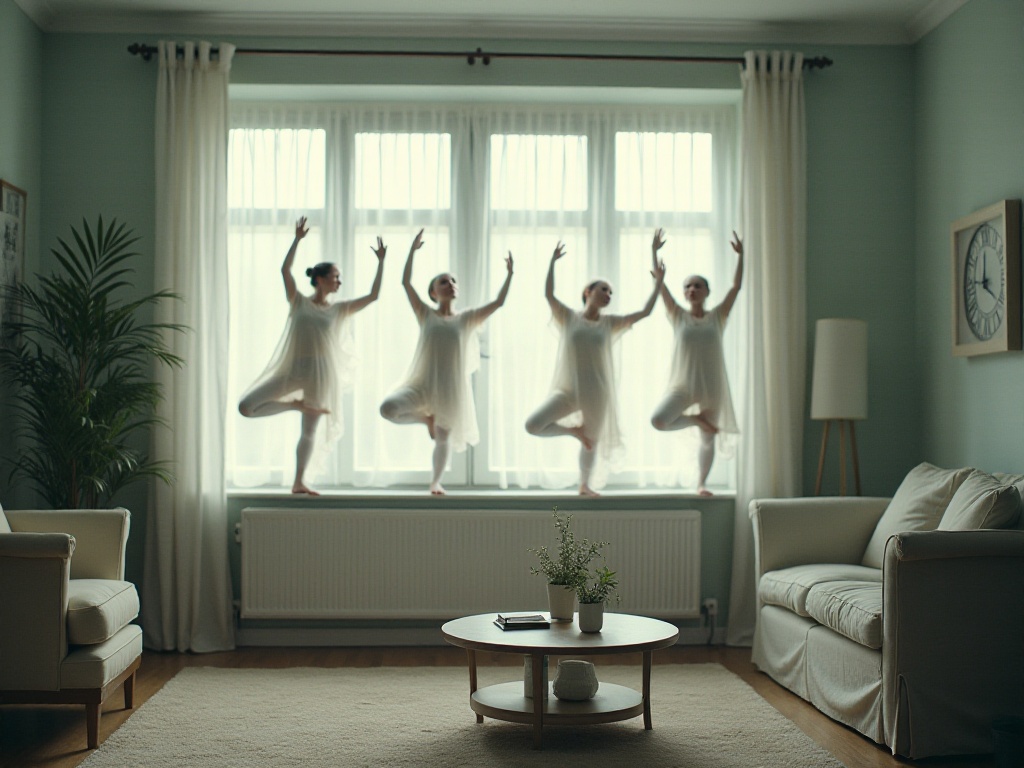
Alternative Solutions
When it comes to fitness equipment, many people immediately think of professional gear like dumbbells and barbells. However, many items around us can serve the purpose. For instance, common water bottles become natural dumbbells when filled with water. A 500ml bottle weighs about 0.5kg, 1.5L weighs 1.5kg, and 2L reaches 2kg. I keep several different-sized water bottles ready - using larger ones when I need more weight and smaller ones when I need less, which is very convenient.
Besides water bottles, books make great weights too. I have a set of hardcover encyclopedias, each weighing about 2kg. They work well for squats or deadlifts. However, when using books as weights, note several points: first, secure the books with string or rubber bands to prevent them from falling apart during exercise; second, choose hardcover books as paperbacks damage easily; lastly, mind the books' cleanliness - wrap them in plastic wrap to keep them clean and protect them from sweat damage.
Backpacks are also excellent equipment. Fill them with books or water bottles to create a weighted vest. I often use it for pull-ups or push-ups to increase difficulty. However, mind the backpack's load capacity - choose sturdy double-shoulder bags as single-shoulder bags can deform or break easily.
Towels are magical exercise equipment too. Fold a towel several times to use as a yoga block; twist it into a rope for stretching exercises; when exercising with a partner, use it for resistance training. I keep several towels of different lengths - shorter ones for wiping sweat, longer ones for training, each with clear purposes.
Chairs are another commonly used training equipment. Regular dining chairs work for tricep dips, split squats, and other movements. When using chairs, choose stable ones, preferably wooden or metal - plastic chairs can break during training. Also check the chair's weight capacity to ensure safety.
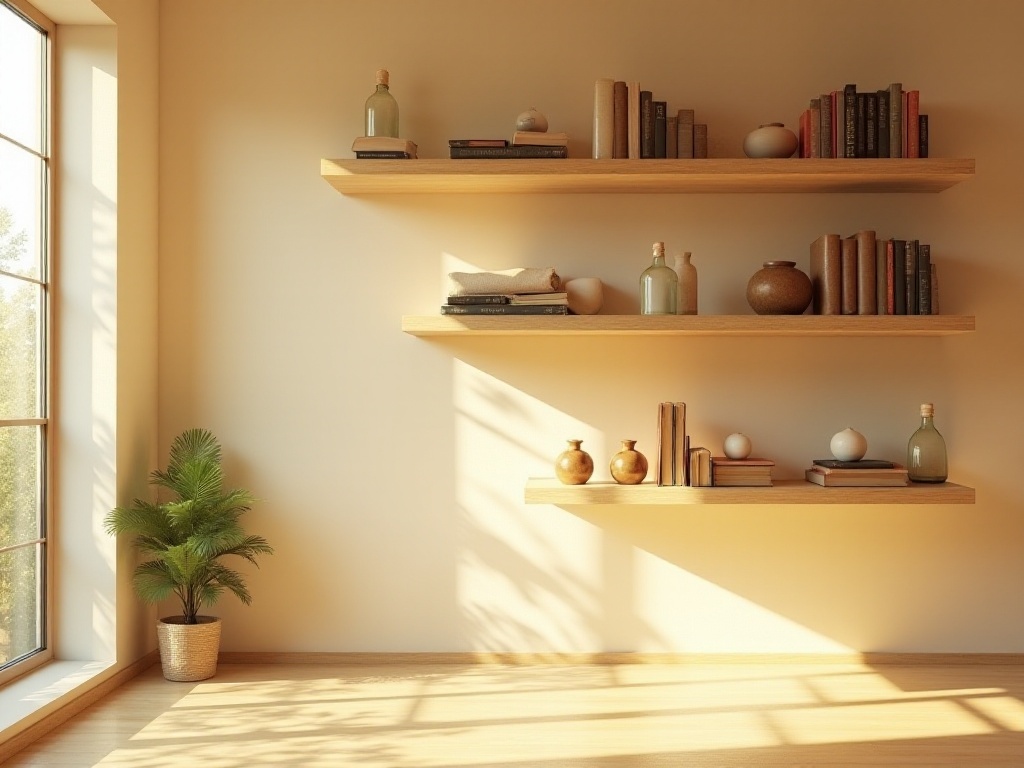
Building Habits
To achieve results with home fitness, developing good exercise habits is crucial. I now plan my workouts a week in advance, treating them as seriously as work arrangements. Every Sunday evening, I take out my calendar and mark next week's exercise times. For example, Monday evening 8-9 PM is strength training, focusing on upper body; Wednesday evening is cardio, mainly jump rope and high knees; Friday is full-body training, comprehensively exercising all parts.
When making plans, I consider my daily routine. As a night owl, morning workouts don't suit me, so I schedule training for evenings. Tuesdays and Thursdays are busy work days, so I don't plan intense training. Weekends have more time available, so I can do more sets. This arrangement ensures workout consistency while not affecting normal work and life.
To improve plan execution, I set many reminders. I set exercise alarms on my phone to prepare 30 minutes ahead; post workout schedules in my room for constant visibility; even changed my computer desktop to exercise-related images as constant reminders to stay consistent.
Recording is also crucial for habit formation. I bought a special notebook to record each training session's content, sets, and feelings. Through these records, I can clearly see my progress, and this sense of achievement motivates me to continue. Sometimes looking at old records, seeing progress from initially only being able to do 5 push-ups to now easily doing 20, this improvement really brings a sense of achievement.
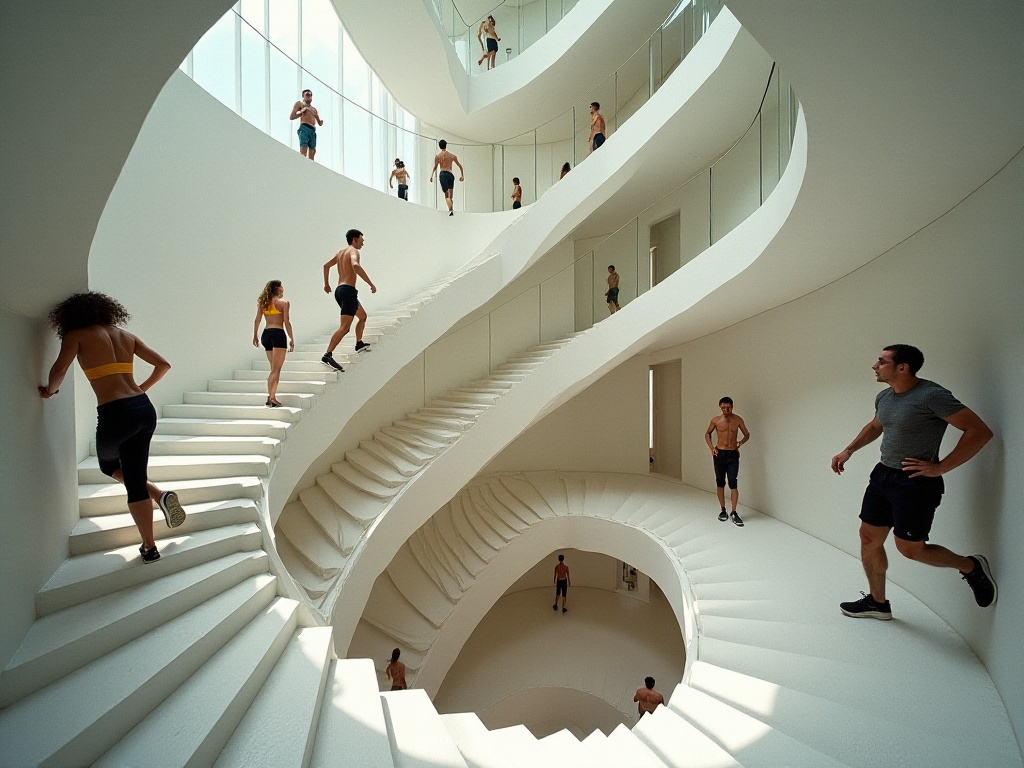
Gradual Progress
For those just starting home fitness, the most important thing is to progress gradually without being overly ambitious. I remember when I first started, I wanted to do 50 push-ups at once, but not only did I fail, I sprained my wrist and had to rest for several days to recover. Since then, I understood the importance of gradual progression.
Beginners should start with the most basic movements. For push-ups, start with wall push-ups first, then progress to regular push-ups when strength increases. Same with squats - start by holding a chair, then try free squats after mastering proper form. This not only prevents injury but allows the body to gradually adapt to exercise intensity.
Exercise duration should also increase gradually. At first, 15-20 minutes per session is enough. Increase time as your body adapts. I can now easily complete 45-minute training sessions, but this took over half a year to achieve. Remember, exercise isn't a competition - there's no need to compare speed with others, what's important is to arrange according to your own situation.
Intensity increase must be scientific too. For example, when using water bottles as dumbbells, start with 500ml, then switch to 1L when it becomes easy, then 1.5L, and finally 2L. When increasing weight, first reduce the number of sets, then gradually increase sets as you adapt to the new weight. This ensures training effectiveness without overstressing the body.
Rest is equally important. Many beginners make the mistake of thinking they need to exercise daily for results. Actually, muscle growth occurs during rest. So I ensure 2-3 rest days weekly, giving the body enough recovery time. On rest days, do some light stretching to help muscles relax.
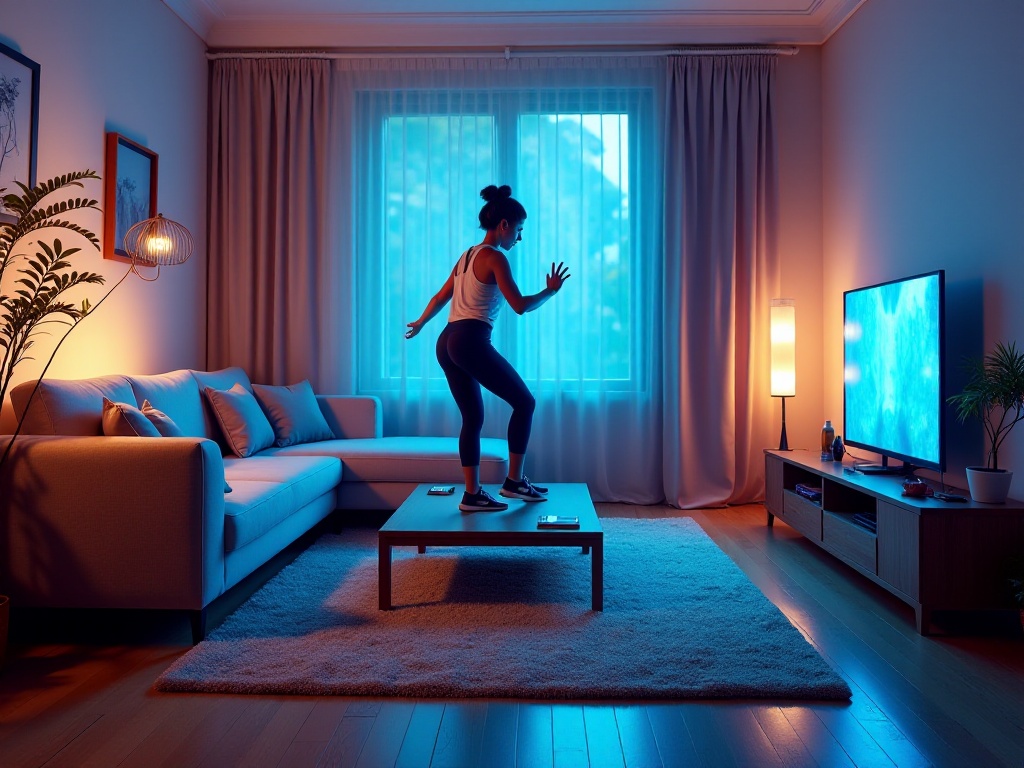
Making Exercise Fun
Monotonous training can indeed become boring, so it's important to add fun elements. For example, I often exercise while watching TV shows, doing 20 squats during commercials and 10 push-ups during scene transitions. This way I can complete quite a bit of training without noticing, and because attention is diverted by the TV show, it doesn't feel particularly tiring.
Music is also a great companion for enhancing exercise interest. I created a special workout playlist with rhythmic songs. Different exercises pair with different music - rock music for strength training, electronic music for cardio. Music not only makes exercise more interesting but helps regulate breathing rhythm and improve workout efficiency.
I also like playing small games while exercising. For example, during planks, I set a countdown timer on my phone, watching the time decrease creates a sense of challenge. During squats, I set goals like rewarding myself with fruit after completing 50 reps. These simple games make exercise more entertaining.
Sometimes exercising with family members can be fun too. I often do partner exercises with my roommate, like back-to-back ball passes or assisted stretching. Exercising together is not only more fun but provides mutual supervision and increases motivation to persist. Plus, some movements require assistance to maintain proper form, so having a partner is very helpful.
Reward System
Establishing a reasonable reward system can greatly increase exercise motivation. I set many small goals and reward myself for completing each one. For example, after exercising continuously for a week, I buy new workout gear, maybe new workout pants or professional athletic socks. Though these rewards aren't expensive, they provide a sense of achievement and motivate continued persistence.
I also participate in online workout check-in activities. Many apps now have this function where you can complete challenges with other fitness enthusiasts. I participated in a 30-day exercise challenge requiring daily completion of specified movements with video uploads. It was initially difficult to persist, but seeing others working hard created a competitive spirit. Plus, completing challenges earned points redeemable for workout equipment, which really stimulates motivation.
Besides material rewards, mental rewards are important too. I regularly take photos to record body changes. Seeing transformation from having a belly to developing abs, from being puffy to becoming firm, this change brings greater satisfaction than any reward. Sometimes looking at old photos makes all the effort feel worthwhile.
Social media is also a great motivational platform. I share my workout achievements on WeChat Moments, receiving encouragement and support from many friends. Sometimes I also get suggestions helping improve training methods. This social interaction not only increases exercise enjoyment but helps meet like-minded friends.
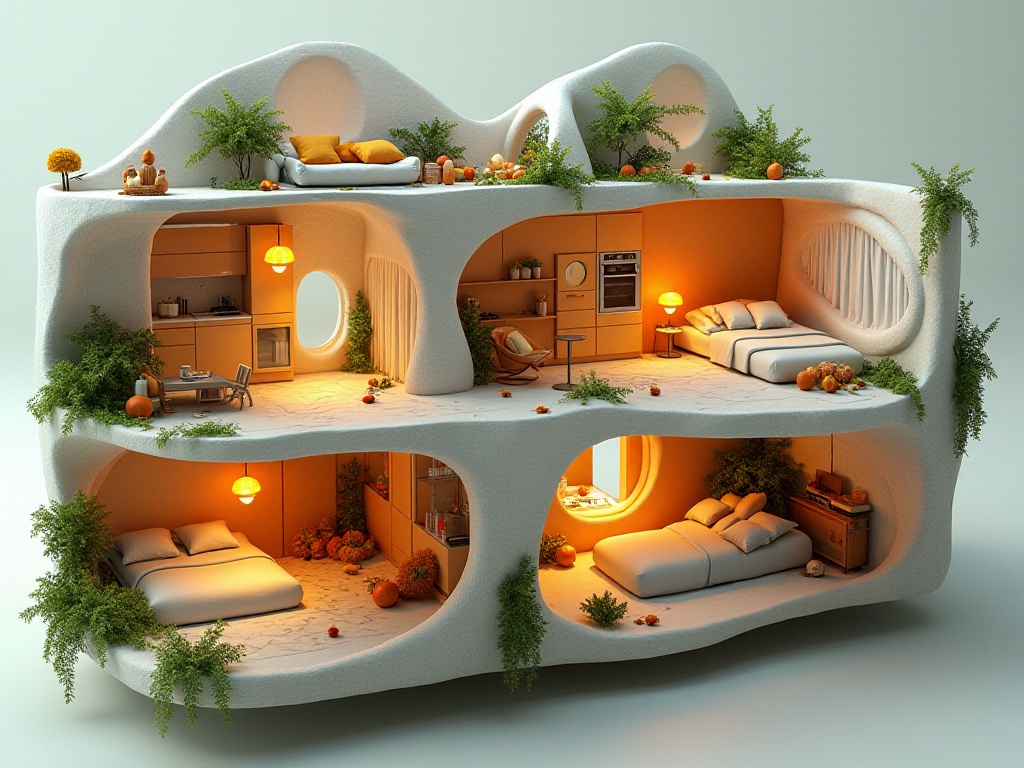
Final Thoughts
Through this period of practice, I deeply realize: creating a home fitness environment doesn't require many conditions - the key is determination and perseverance. As long as you make good use of available resources, arrange training plans scientifically, and combine appropriate incentive mechanisms, anyone can start their fitness journey.
Most importantly, find what works for you. Everyone has different conditions and preferences, don't blindly copy others' training methods. Make suitable plans based on your actual situation to maintain long-term persistence. Remember, fitness is a lifelong journey - it's not about temporary speed but about being able to persist.
By the way, what items do you have at home that could be used for exercise? Feel free to share your creative ideas in the comments. Your ideas might help more people wanting to start home fitness.


